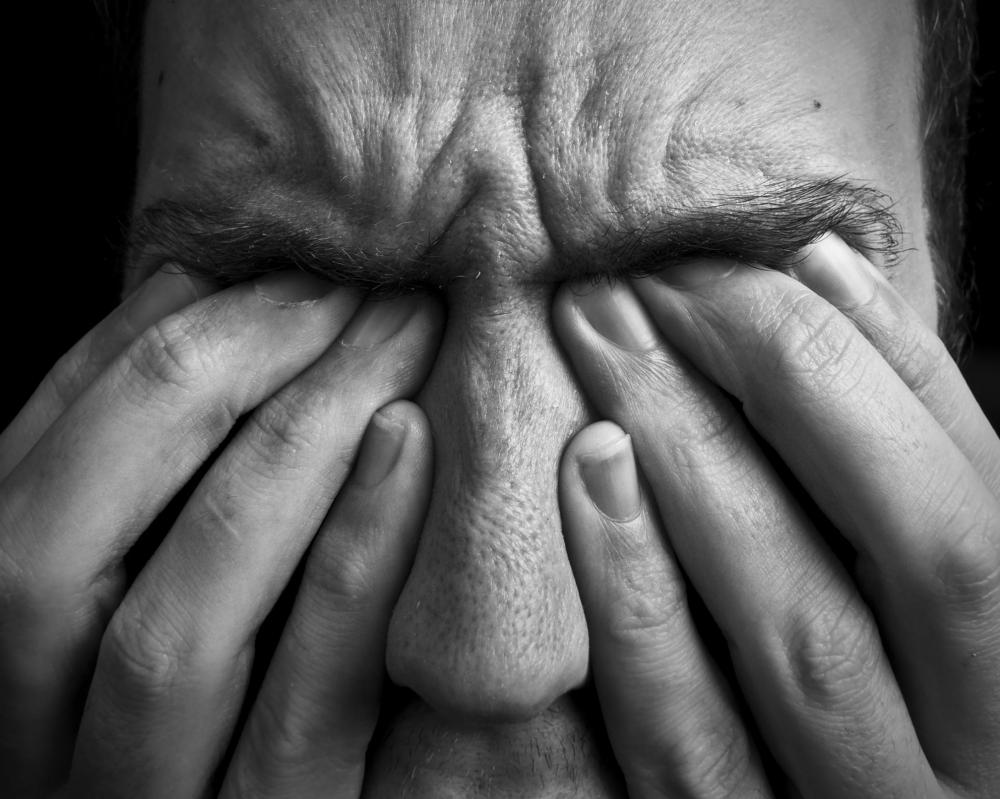At TheHealthBoard, we're committed to delivering accurate, trustworthy information. Our expert-authored content is rigorously fact-checked and sourced from credible authorities. Discover how we uphold the highest standards in providing you with reliable knowledge.
What is Trabecular Meshwork?
The trabecular meshwork is a porous circumferential band of interconnecting channels located in the wall of the eye at the intersection between the clear window on the front of the eye, the cornea, and the colored part of the eye, the iris. Spanning the angle of the anterior chamber of the eye, the trabecular meshwork serves as the primary location for drainage of fluid out of the eye. Fluid within the eye, which is referred to as the aqueous humor, moves through the structures of the eye and out through the peripheral trabecular meshwork into a series of tubes collectively called Schlemm’s canal. Blockage of the meshwork can cause an increase in the eye pressure due to the buildup of fluid within the eye.
Three distinct sections make up the trabecular meshwork. The inner uveal meshwork consists of slender cords of tissue surrounded collecting channels. Deeper within the drainage system, the elastic corneoscleral meshwork resembles stacks of perforated sheets arranged in a haphazard orientation. Adjacent to Schlemm’s canal, the juxtacanalicular meshwork consists of a thin tissue strip covered by a single layer of cells.

The trabecular meshwork accounts for 90 to 95 percent of aqueous outflow. Uveoscleral outflow through the blood vessel layer just beneath the white of the eye is responsible for the other five to ten percent of outflow. Clogging of the meshwork due to accumulation of scar tissue, white blood cells, pigment or red blood cells within the channels produces open angle glaucoma. Closed angle glaucoma results from a shallow anterior chamber with bowing forward of the iris to block mechanically the access of the fluid to the trabecular meshwork. Glaucoma medications either lower production of aqueous by the ciliary body or increase uveoscleral outflow.

Selective Laser Trabeculoplasty (SLT) is a laser procedure that targets pigment cells in the trabecular meshwork. By clearing out the pigment cells, the laser procedure increases the openings within the channels of the trabecular meshwork to allow an increased rate of aqueous outflow. The wavelength of light used, as well as the short duration and low power of the laser application, allow the SLT to zoom exclusively in on pigmented cells in the trabecular meshwork and causes no observable damage to the surrounding tissue. This allows the ophthalmologist to repeat the procedure as needed to maintain control of the intraocular eye pressure. Other surgical procedures involve a mechanical removal or disruption of a portion of the trabecular meshwork to create a large opening directly into Schlemm’s canal.
AS FEATURED ON:
AS FEATURED ON:















Discuss this Article
Post your comments